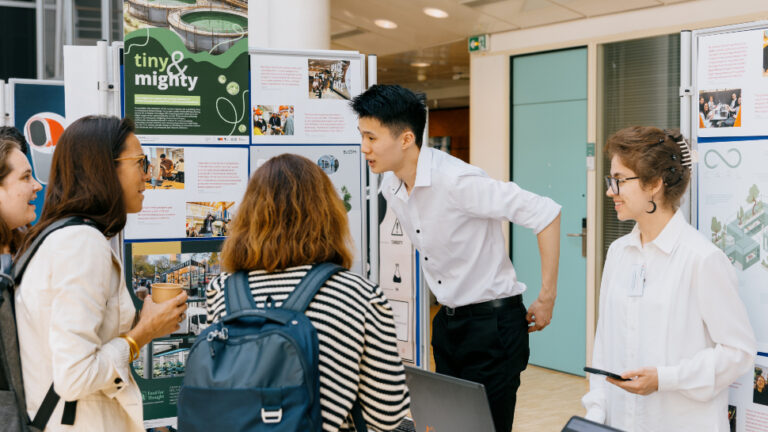ULTRARAM™ is a non-volatile computer memory that combines the advantages of the two main types of memory: DRAM, which is the working memory of a computer, and Flash, a storage memory that is in the USB thumb drive. It uses a patented triple-barrier resonant tunnelling structure to deliver an unmatched combination of speed, non-volatility, endurance and energy efficiency.
This R&D&I project under ATTRACT phase 2 is coordinated by Lancaster University in partnership with the University of Wollongong, IP Pragmatics, which is a consultancy company; Integrity Scientific, a scientific measurement company; and British Telecom, a Telecom provider.
ULTRARAM™, which stands for “Ultralow-power, Non-volatile, Random-Access Memory Arrays for Datacentres and Space Applications”, is a highly disruptive technology which has the ability to store data for more than 1,000 years.
Get to know more about this project through an interview with Manus Hayne, coordinator and inventor of ULTRARAM™.
What is your personal and career journey so far?
I started my career when I went to work for GEC Hirst Research Laboratories, which is an industrial research laboratory in London. And then I studied for a first degree in Southampton then my PhD and postdocs in Exeter in Paris, and then in Belgium where I was for 10 years. And since 2006, I’ve been a member of the academic staff at Lancaster University in the UK.
What is the project about? And which partners are involved?
The project is about developing a new type of memory for computing that combines the advantages of DRAM, which is the main memory in a computer, and flash, which is a storage memory used in solid-state drives or USB thumb drives.
The partners in the project are Lancaster University coordinating, the University of Wollongong, which is in Australia. And then we have some companies involved. Two small companies: one is IP Pragmatics, a consultancy company; Integrity Scientific, is a scientific measurement company; and also, British Telecom, which is a large UK Telecom provider.
What challenges have you faced so far?
We have obviously faced technological challenges because this is a research development and innovation project, and we are working very hard to advance our technology on several fronts. What we are trying to do is come up with a new memory technology that actually competes with the existing silicon technology, which is extremely highly developed.
How would you explain the potential implications of this breakthrough to a non-scientific audience?
We have developed a universal memory technology, which means it can be used in any application where you need memory for the user. But the big thing we’re going for in terms of energy efficiency is data centres due to a thing called the digital energy crisis, where data centres are using huge amounts of electricity. And our efficient memory technology will help to mitigate that.
How do you think society will benefit from this project?
Because ULTRARAM™ is extremely energy efficient, society will benefit from longer battery life in mobile devices like smartphones or laptops. And also, a big reduction in the amount of electricity consumed by data centres, which is a huge and growing problem. Accounting for carbon footprint is equivalent to Belgium and Holland combined. And also, some people are predicting within the next 10 to 20 years it will actually consume all the energy that we produce in the world.
For more information:
Visit the ULTRARAM™ project site.

